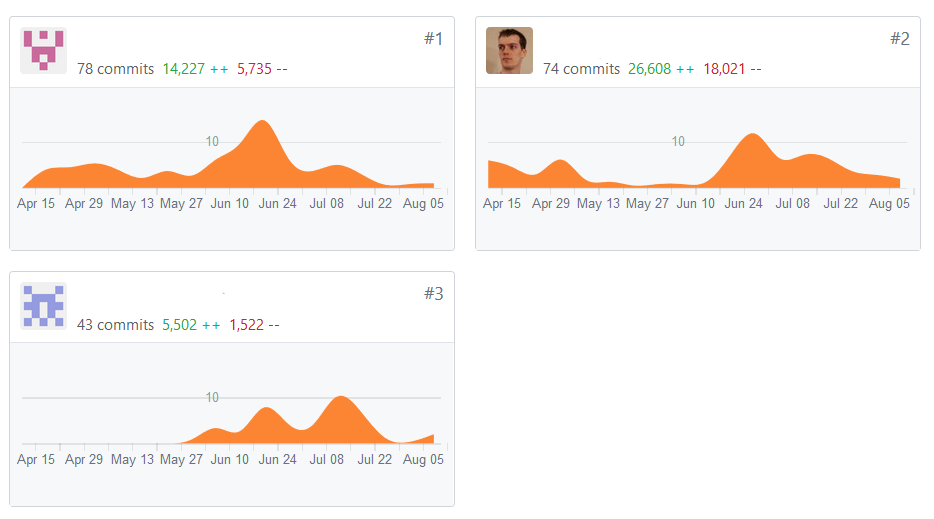How You Code Now
CSC-430
Phillip Wright
Why Are We Here?
To understand why this class exists, we need to first analyze how you code now, and then we can talk about why this does not scale beyond the classroom.
Code Volume
Most of your coding experience probably consists of projects with less than 100 lines of code.
How do you manage this code?
Code Volume II

Code Volume III

Code Volume IV
Some line counts for a few projects I work on:
- 20,185
- 269,924
- 271,335
- 173,568
Code Volume V
At these sizes, just working with the code (distributing, sharing, etc.) becomes a non trivial task.
We need a way to backup our code, track changes, and avoid conflicts with coworkers–at scale.
Testing
How do you test your course projects?
Testing II
Manually testing large codebases is, literally, not possible without doing a poor job.
The number of paths in your code to test grows exponentially! If the time you spend testing does not, then you are not testing your code.
Testing III
Even writing tests for large codebases is not possible if the code is written poorly.
Accordingly, we need to automate testing and write our code in a way that makes it feasible to write sufficient tests.
Building
How do you build your code?
Do you even know how you build your code?
Building II
As projects grow in size and complexity, even compiling, building, and deploying your code becomes a problem.
We can not rely on manual steps!
Building III
Instead, we must automate the build process (including testing!) to ensure that we can deliver code in a reproducible, safe way.
Ideally, we automate deployment as well.
Maintenance
How hard is it to maintain your code after a year?
You don’t know, because you throw it away after a week!
Maintenance II
In the real world, your code will live for years (or decades) and will have to be maintainable by the unlucky individual that gets stuck with your legacy code.
Maintenance III
Often, you are that unlucky individual.
Also often, you will not even understand your code if you are not careful with how you write it.
Maintenance IV

Solution
We can largely conquer these problems (and more) by simply caring about our code and automating all the things.
Course Thesis
Humans suck at coding and we must humbly accept all of the help we can get from tools, processes, etc.